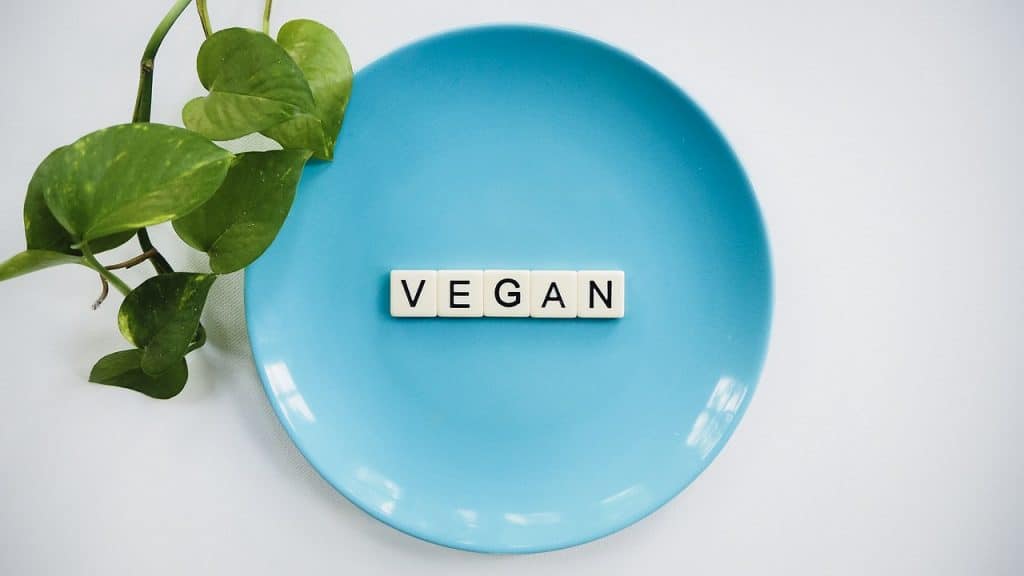I’m willing to bet you are on, have tried and are going to try again, or are thinking about trying a plant-based diet. After all, it’s pretty much the thing to do right now, and for good reason. Plant-based diets offer a lot of benefits and can have a great impact on the health of many people.
But, here’s the thing: it can be tough to get all the proteins you need on these types of diets, and you do really need those proteins for your health and your body’s overall performance. Your body uses 20 amino acids, and nine of those are considered vital, the essential amino acids (EAAs).
How much protein do you need?
Your level of activity, age and gender determine what protein level you should aim for. The recommended dietary allowance (RDA) in the US is 0.36 grams of protein per pound of body weight, but that doesn’t account for people who are more active.
If you’re pretty active, you need a bit more than that, but not as much as you may have heard. Studies, including one published in The Journal of Applied Physiology, have put the recommendation for active people at around 0.55 grams per pound of body weight (https://www.ncbi.nlm.nih.gov/pubmed/2745350).
Once you’ve got your own needs calculated, you can try the methods below to help you meet them.
Aim for complete EAA plants
There are a few plants that have complete EAA profiles–all nine of the essentials in a significant amount–that you can add to your diet. These include buckwheat, quinoa, tofu and hemp seeds.
Combine when necessary
You can combine foods together that don’t have all nine EAAs on their own but do when they are combined. These don’t need to be eaten together, but they should be consumed over the course of an entire day. Some common pairings include nut butter with whole grain bread, rice and beans, and stews or soups that contain both grains and legumes.
Use supplements as needed
Unfortunately, plant proteins are usually more difficult for your body to digest than animal ones, and your body only will absorb and use a fraction of the EAAs in a plant protein. Steps like soaking and sprouting seeds, grains and nuts help, but that’s not always going to be practical.
If you feel you’re not getting enough protein, you can use plant-based protein supplements. This include vegan EAAs and plant-based blends and isolates in powders and other forms.
A plant-based diet can be a game-changer for your health, but you’ve got to always make sure you’re getting enough protein in number and variety!




